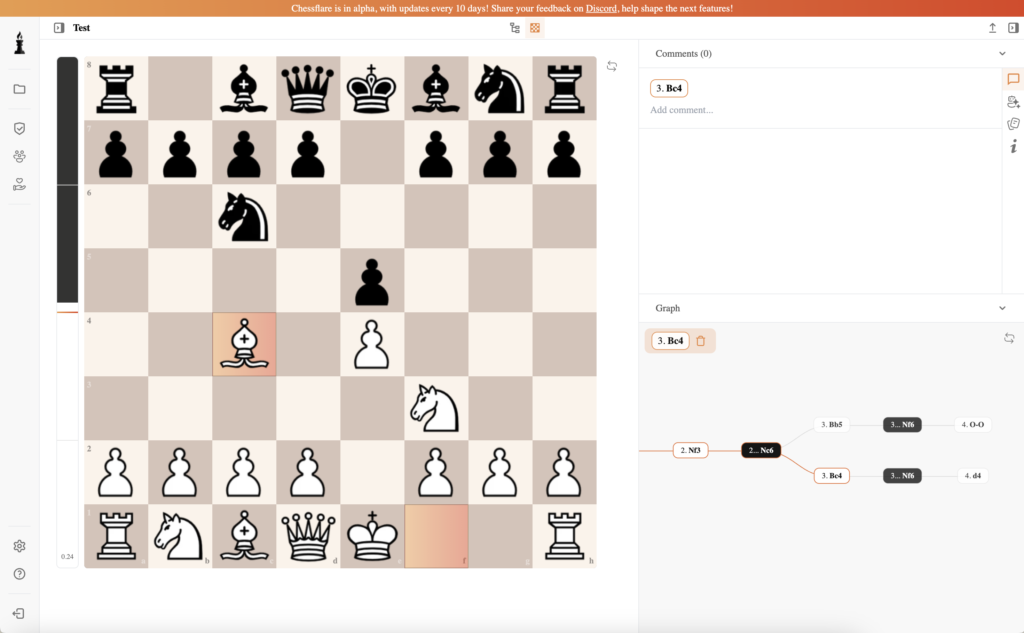The Modern Universal Style of chess represents a balanced and adaptable approach to the game, blending positional understanding with tactical sharpness. This style has become the hallmark of many elite grandmasters, allowing them to switch seamlessly between aggressive and defensive play based on the needs of the position. Unlike previous chess schools that focused primarily on a single approach, the universal style thrives on flexibility and deep preparation.
Origins and Philosophy
The universal style emerged as chess evolved in the late 20th and early 21st centuries. With advancements in computer analysis, extensive opening databases, and the increasing depth of endgame studies, players began to adopt a more comprehensive approach. The modern universal style is not tied to a single philosophy but rather incorporates elements of classical strategy, hypermodern ideas, and dynamic tactical play.
Key principles of the modern universal style include:
- Flexibility: The ability to adjust one’s playstyle depending on the opponent and position.
- Opening Depth and Variety: Preparation in a wide range of openings, both classical and hypermodern.
- Positional Mastery: Strong understanding of pawn structures, piece coordination, and long-term planning.
- Tactical Awareness: Sharp calculation skills to seize opportunities when they arise.
- Endgame Proficiency: Deep knowledge of theoretical and practical endgames to convert small advantages.
Key Openings in the Modern Universal Style
Players adopting the universal style prepare a broad repertoire, ensuring they can adapt to any opponent. Some of the most common openings include:
Ruy-Lopez (Berlin Defense and Classical)
The Ruy-Lopez (1.e4 e5 2.Nf3 Nc6 3.Bb5) remains a cornerstone of modern elite chess. The Berlin Defense (3…Nf6) is particularly popular due to its solidity and deep endgame possibilities, while the classical approach (3…a6) allows for rich middlegame positions.
Sicilian Defense (Najdorf and Classical)
The Sicilian Defense (1.e4 c5) is a favorite of universal players, particularly the Najdorf (5…a6) and Classical (5…Nc6) variations. These lines allow players to enter sharp tactical positions or shift toward more positional battles.
Nimzo-Indian Defense
The Nimzo-Indian Defense (1.d4 Nf6 2.c4 e6 3.Nc3 Bb4) provides a mix of positional control and dynamic possibilities, making it a staple for universal-style players.
Grünfeld Defense
The Grünfeld Defense (1.d4 Nf6 2.c4 g6 3.Nc3 d5) is a highly dynamic hypermodern opening where Black concedes the center early to counterattack with active piece play.
English Opening
The English Opening (1.c4) offers players the ability to dictate the game’s pace and structure, transitioning into either positional or tactical battles as needed.
The Great Players of the Modern Universal Style
Several grandmasters have mastered the universal approach, using it to achieve remarkable success.
Garry Kasparov
Kasparov was one of the earliest practitioners of the universal style, blending aggressive attacking play with deep strategic preparation. His ability to switch between styles based on the situation made him a dominant force in world chess.
Vladimir Kramnik
Kramnik emphasized positional play but had the flexibility to switch to dynamic and tactical play when necessary. His adoption of the Berlin Defense played a crucial role in his World Championship victory over Kasparov in 2000.
Magnus Carlsen
The reigning world champion, Carlsen epitomizes the universal style. His ability to adapt to any position, exploit small advantages, and outplay opponents in seemingly equal endgames is a testament to his deep understanding of chess.
Fabiano Caruana
Caruana is known for his deep preparation and ability to excel in both positional and tactical positions. His near-flawless performance at the 2018 Candidates Tournament showcased his versatility.
Ding Liren
China’s first World Chess Champion, Ding Liren, embodies the universal style with a solid foundation, creative middlegame ideas, and excellent endgame technique.
The Influence of Artificial Intelligence on the Universal Style
The rise of chess engines like Stockfish and AlphaZero has further reinforced the universal style. Modern grandmasters analyze games extensively with AI, refining their ability to play dynamically while maintaining positional soundness. AI-driven insights have encouraged a shift towards adaptable and creative play rather than rigid adherence to pre-set strategies.
Legacy and Future of the Universal Style
The modern universal style is the dominant approach in contemporary chess, shaping the play of top grandmasters and young prodigies alike. With continuous advancements in chess knowledge, computer analysis, and training methods, this style will likely remain the gold standard for competitive success.
Conclusion
The modern universal style represents the pinnacle of adaptability in chess. By combining strategic depth, tactical awareness, and an expansive opening repertoire, elite players have refined their approach to maximize effectiveness in any position. As the game continues to evolve, the universal style will remain an essential strategy for success at the highest levels.

